For Commercial Building Owners (CBOs), tax strategies that enhance cash flow and reduce tax liability are invaluable. Cost Segregation is a well-established method for accelerating depreciation, but when combined with the 179D Energy Efficiency Deduction, it can yield an even greater financial benefit. Here’s why and how these two strategies can work together to maximize savings.
Understanding Cost Segregation
Cost Segregation is a tax strategy that allows building owners to reclassify assets into shorter depreciation categories, typically 5, 7, or 15 years instead of the traditional 39-year period. This acceleration enhances tax deductions in the early years of property ownership, improving cash flow and reducing tax burdens.
What is the 179D Energy Efficiency Deduction?
The 179D Energy Efficiency Deduction, originally introduced under the Energy Policy Act of 2005, is designed to incentivize commercial building owners for energy efficient equipment upgrades to the HVAC and Hot Water, Interior Lighting, and/or Building Envelope systems. It allows qualified building owners to deduct up to $5.81 per square foot (as of 2025, subject to inflation adjustments) for energy-saving improvements to HVAC and hot water systems, interior lighting, and building envelope. To qualify, these upgrades must meet specific energy efficiency benchmarks established by the ASHRAE (American Society of Heating, Refrigerating, and Air-Conditioning Engineers) standards.
The Synergistic Benefits of Combining Cost Segregation and 179D
When utilized together, Cost Segregation and the 179D deduction create a powerful tax strategy:
- Maximized Depreciation and Immediate Tax Savings – A Cost Segregation study identifies components that can be depreciated over shorter lives, while the 179D deduction provides an immediate tax write-off for energy-efficient improvements. This dual approach accelerates tax benefits beyond what either strategy could achieve alone.
- Enhanced ROI on Energy Efficiency Investments – Since the 179D deduction applies to newly installed energy-efficient systems, CBOs can see a quicker return on investment. Cost Segregation further bolsters this by identifying assets that qualify for accelerated depreciation.
- Strategic Capital Planning – If a CBO is considering renovations, incorporating energy-efficient upgrades that qualify for 179D could offset costs while aligning with Cost Segregation strategies to maximize deductions.
- Bonus Depreciation Opportunities – Recent tax laws allow for bonus depreciation on certain asset categories identified in Cost Segregation studies. If an energy-efficient component falls within this category, CBOs may be able to deduct even more upfront.
How to Implement These Strategies Effectively
To make the most of these combined benefits, follow these steps:
- Conduct a Cost Segregation Study – Engage a qualified tax consulting professional or engineering firm to perform a study identifying eligible assets.
- Evaluate Energy Efficiency Upgrades – Work with energy consultants to determine which improvements qualify for the 179D deduction.
- Coordinate with Tax Professionals – Integrating both strategies requires expertise in tax law to ensure compliance and to maximize savings.
- Document Everything – Both Cost Segregation and 179D deductions require proper documentation, including energy modeling and engineering certifications.
How Long Should a CBO Hold a Property to Maximize Cost Savings?
The optimal holding period for a property to maximize tax savings depends on various factors, including depreciation schedules, tax law changes, and investment goals. Generally, CBOs should hold a property for at least 5 to 7 years to fully benefit from Cost Segregation’s accelerated depreciation, particularly if leveraging bonus depreciation. Additionally, the 179D deduction provides immediate tax benefits, but maintaining ownership long enough to realize energy cost reductions further enhances returns. Consulting with a tax professional can help determine the ideal timeframe based on specific financial objectives.
Conclusion
For CBOs looking to enhance tax savings and improve cash flow, the combination of Cost Segregation and the 179D Energy Efficiency Deduction is a winning strategy. By accelerating depreciation and leveraging energy-efficient incentives, building owners can reduce their tax liability while investing in long-term sustainability. Now is the time to explore these opportunities and optimize your financial outcomes.
Would you like to discuss how these strategies apply to your specific property? Schedule a call with one of our consulting professionals.

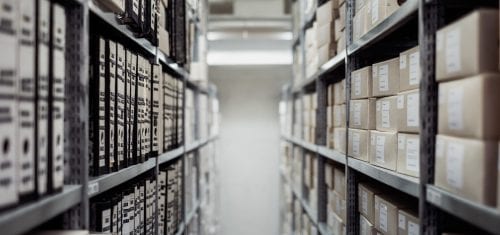


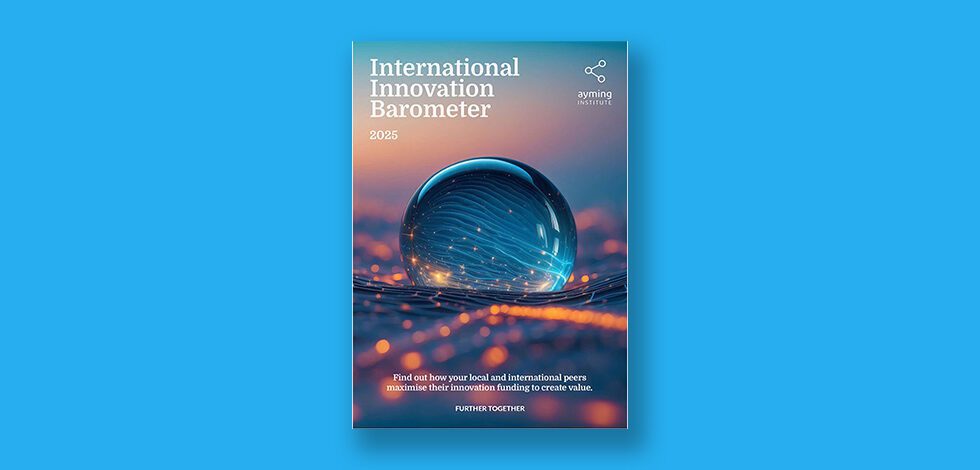


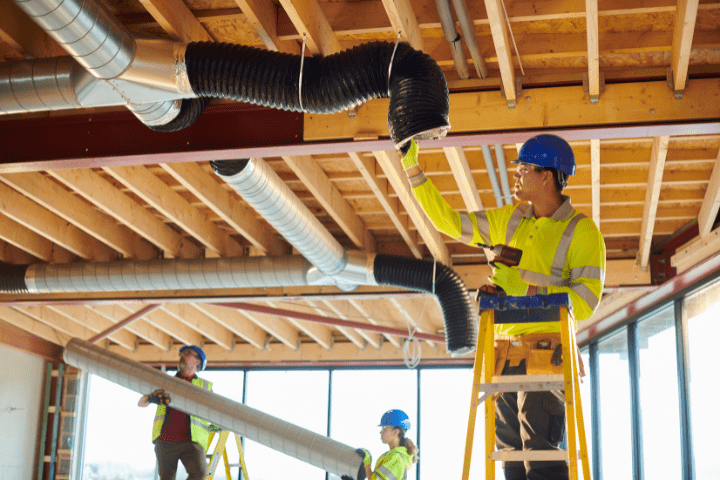

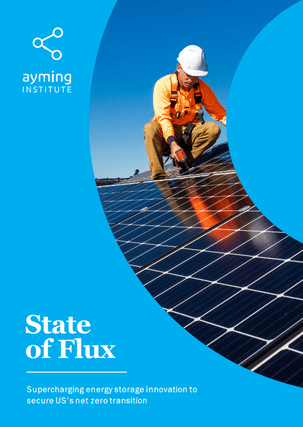
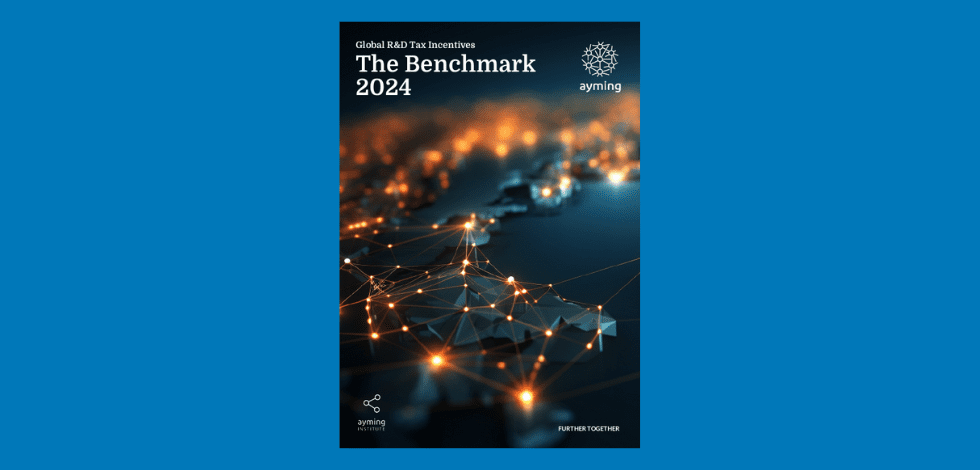
No Comments